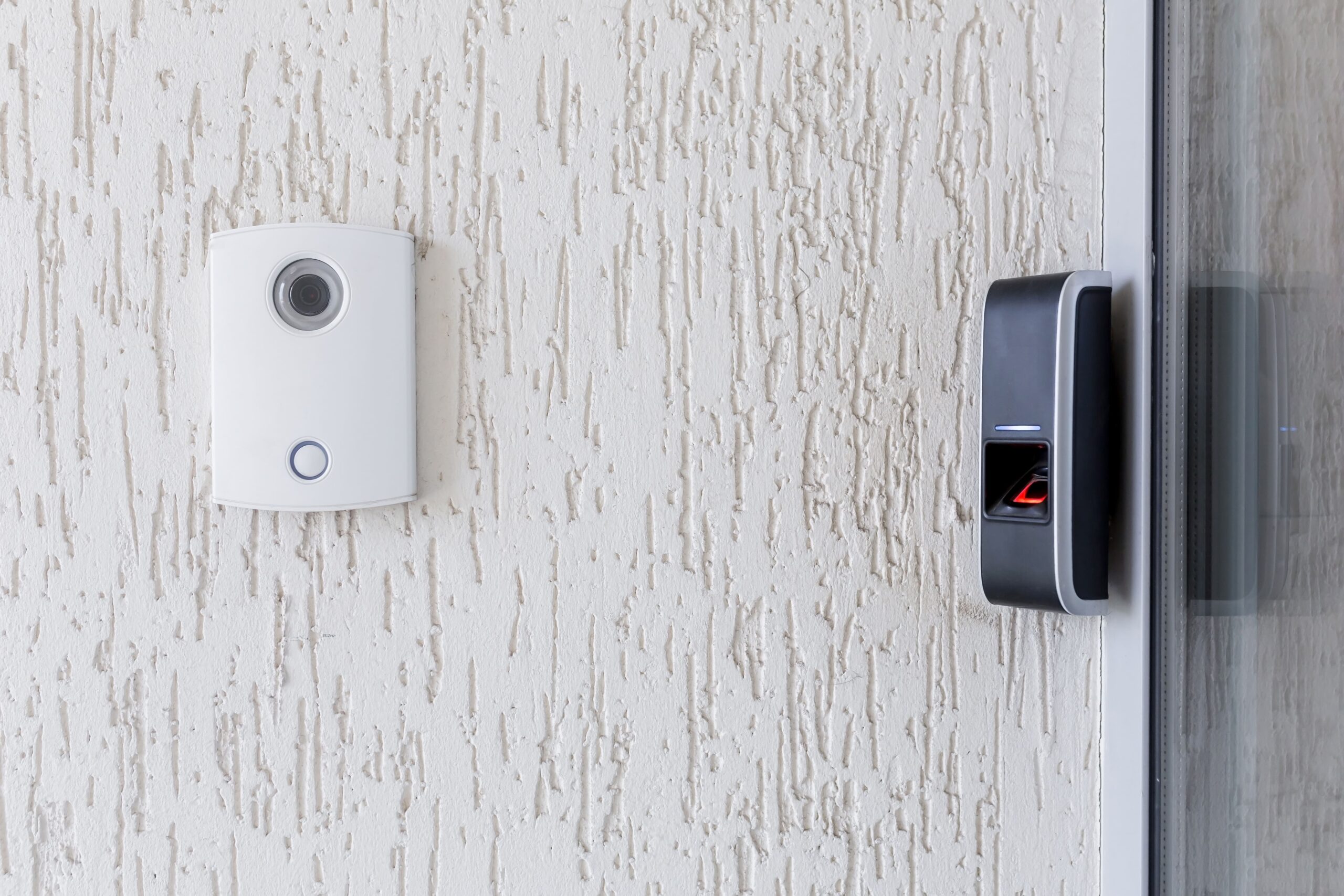
Like everything else in today’s fast-paced world, commercial door locks benefit from constant technological advancement. It’s incredible to think about how far commercial door locks have come, from basic mechanical locks to cutting-edge high-tech security systems. The intriguing history of business door locks and their development through time is the subject of this essay. Let’s go out on this adventure and learn how locks have progressed to meet modern security needs.
-
Traditional Locks: The Foundation of Commercial Security
For decades, traditional locks have been the backbone of business security. Mechanical locks, such as pin tumblers and mortise locks, were dependable but not without flaws. They served their purpose, but could easily be picked or broken into. Electronic locks were created because a more reliable security system was needed.
-
The Advancement of Electronic Locks
The security environment changed significantly with the introduction of electronic devices. Keyless entry by keypad or card has been made possible by electronic locks. The improved security and ease of use offered by these locks made it possible for organisations to streamline their access control procedures. Electronic locks were one such innovation that opened the door for many more ingenious inventions as technology advanced.
-
Smart Locks: Bridging the Gap Between Convenience and Security
The use of smart locks to secure commercial buildings is a game changer. Smart locks, which can be controlled by a smartphone or other smart device, are revolutionary in their ease of use and flexibility. Entrepreneurs can control who has access to their company from afar, keep tabs on who has entered and who has left, and be updated in real-time. This new technology has changed the way firms operate completely.
-
Biometric Locks: Enhancing Identity Verification
Biometric locks are a new level of protection that uses a person’s biometric information, such as a fingerprint, retinal pattern, or face recognition, as a key. These locks have a nearly failsafe authentication method, doing away with the need to worry about misplacing keys or having access cards stolen.
-
Wi-Fi-Enabled Locks: The Connected Security Solution
Wi-Fi locks allow for simple interaction between the lock and other networked gadgets. This networked capability paves the way for remote monitoring and control, smart system interoperability, and enhanced automation. Wi-Fi locks are a popular option for organisations that want to increase security and productivity thanks to their convenient remote management.
-
Mobile App Integration: Control at Your Fingertips
The management of business door locks has never been more convenient than with the help of a mobile app. Access can be managed, security records can be seen, and notifications can be sent directly to the owner’s smartphone. With mobile access, they have the ability to protect themselves at their fingertips.
-
The Role of AI and Machine Learning in Lock Technology
Commercial door lock technology has taken a step forward with the introduction of artificial intelligence (AI) and machine learning. These complex algorithms monitor user actions, search for outliers, and enhance safety protocols in real-time. Locks driven by AI can adjust to new risks as they emerge, keeping organisations safe even as their environments change.
-
Wireless Access Control: Simplifying Management
Wireless access control systems obviate the need for physical wiring, which simplifies installation and upkeep. With scalable options, businesses are able to expand their security systems without undergoing extensive infrastructure modifications.
-
The Impact of IoT on Commercial Door Locks
The Internet of Things (IoT) has altered the way in which devices interact, and commercial door locks are no exception. Integration with the Internet of Things enables locks to communicate with other smart devices, thereby enhancing security and enabling innovative features.
-
Sustainable Locking Solutions: Safe and Environmentally-Friendly
In a time of increasing environmental awareness, sustainable fastening solutions have grown in popularity. These locks employ eco-friendly materials and energy-efficient technology without compromising security, providing a greener approach to commercial security.
-
Anti-Tamper Mechanisms: Protection from Intruders
Anti-tamper mechanisms enhance the security of commercial door locks. These characteristics deter intruders from attempting forcible entry, thereby making businesses more resistant to burglaries.
-
Virtual Keys and Cloud-Based Lock Systems
Cloud-based storage of virtual keys enables secure access without the need for physical keys or cards. These digital tokens can be readily shared, revoked, and monitored, making them an adaptable and secure solution for access management.
-
The Future of Commercial Door Locks
As technology continues to advance, the possibilities for the future of commercial door locks become even more intriguing. We can anticipate further incorporation of artificial intelligence, improved biometrics, and increased connectivity to create highly intelligent and secure locking systems.
-
Integrating Security Cameras for Enhanced Safety
Integrating security cameras with commercial door locks provides a comprehensive solution for enhancing security. Video surveillance improves monitoring and identifies potential security violations.
-
Enhancing the User Experience: Friendly Interfaces
As commercial door lock technology evolves, user interfaces become more intuitive and user-friendly. Companies can administer their security systems without requiring specialised training.
Conclusion
The evolution of commercial door locks has come a long way, from simple mechanical locks to cutting-edge high-tech solutions. Businesses now have a wide array of options to choose from, catering to their unique security needs and preferences. The integration of AI, IoT, and other smart technologies has transformed locks from mere physical barriers to intelligent guardians of commercial spaces.
